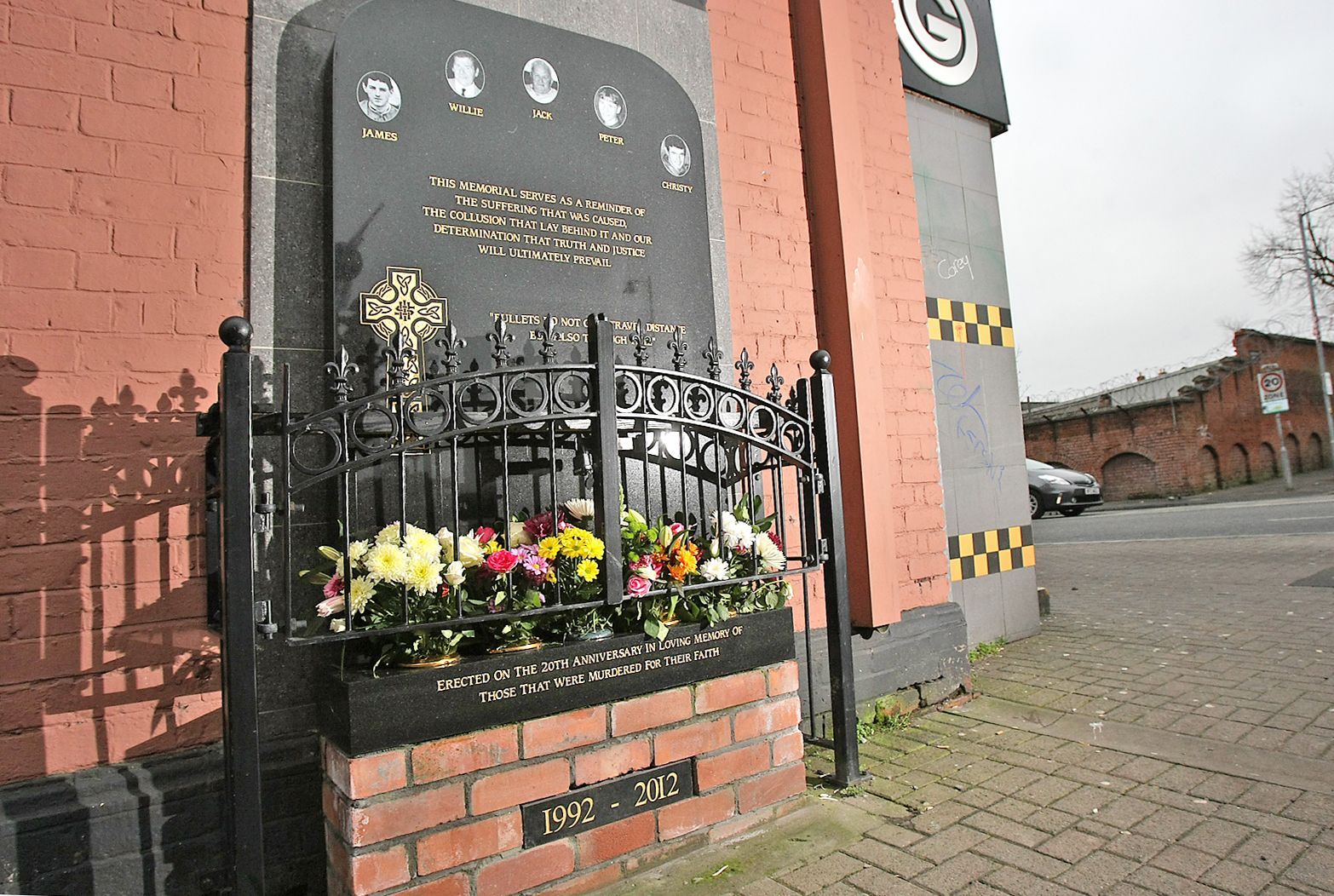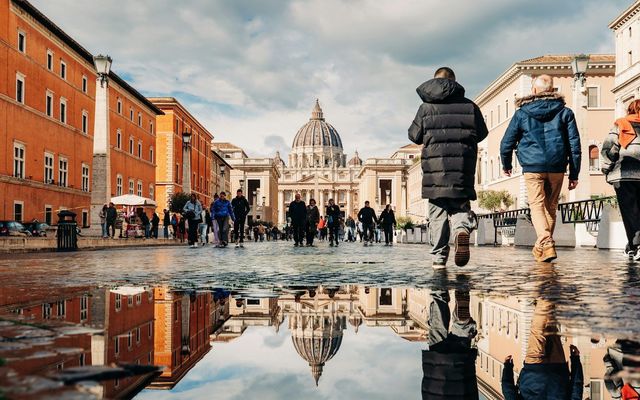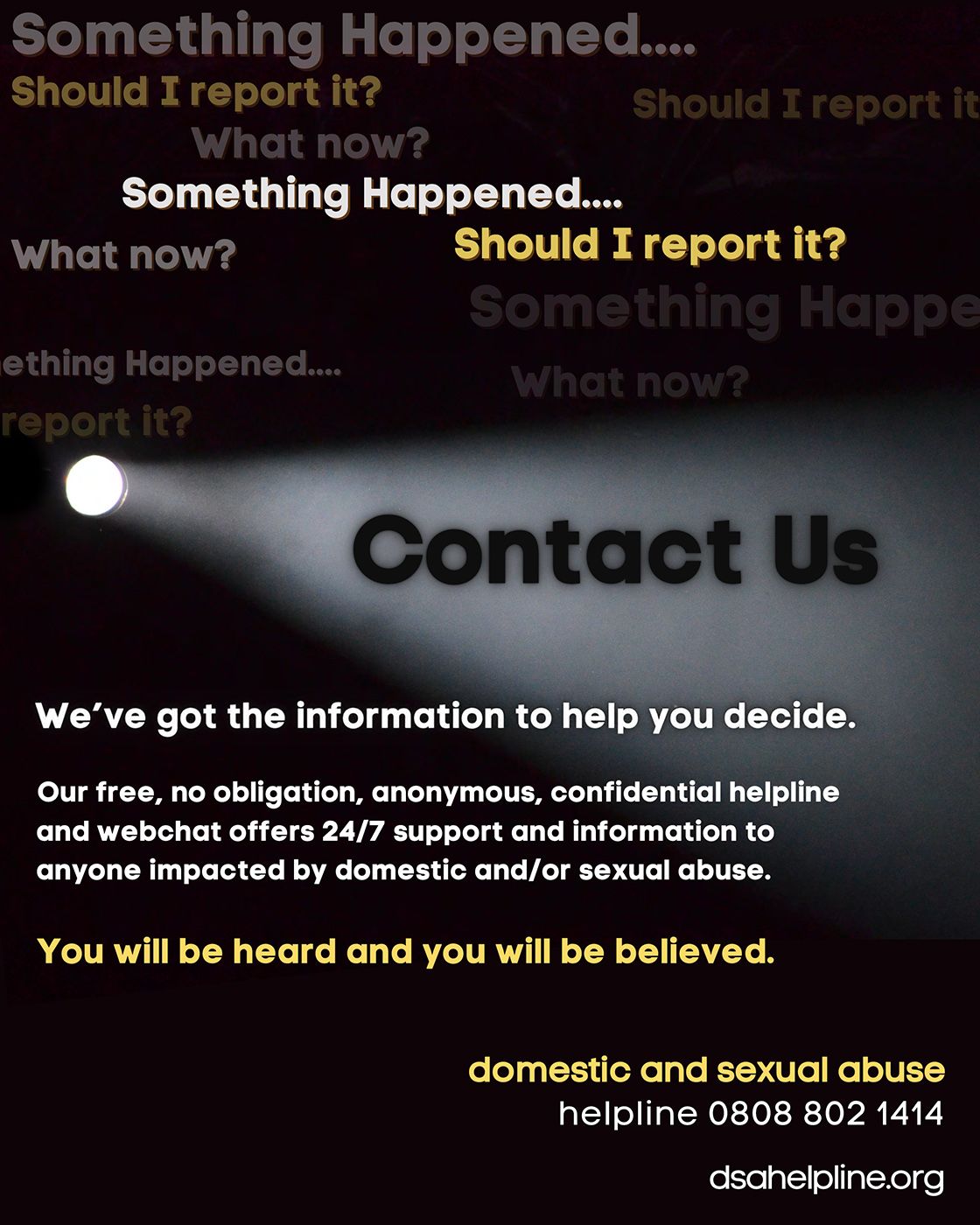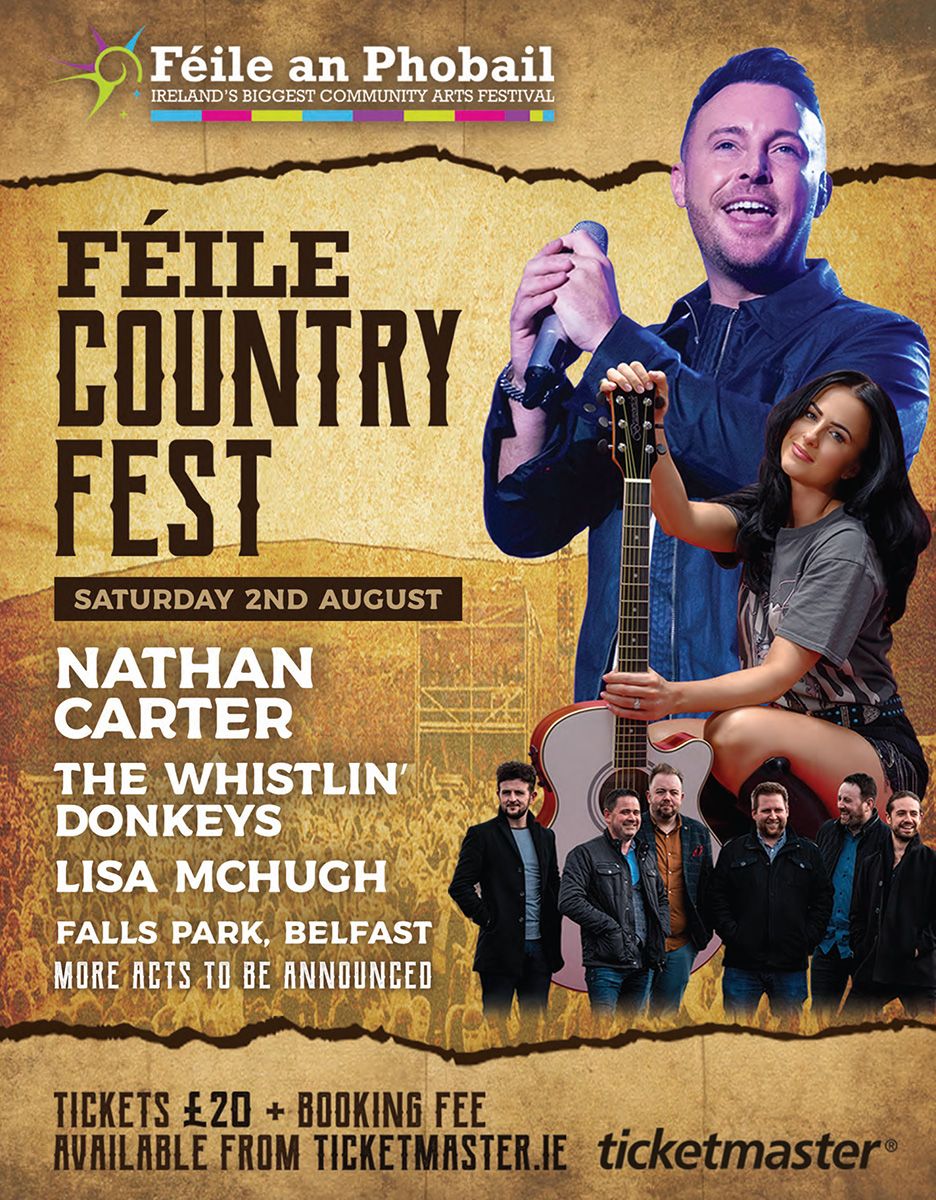“KEVIN Barry O’Donnell was shot in the back whilst trying to escape and in the face while lying incapacitated on the ground. Peter Clancy was shot whilst trying to flee and then repeatedly while in a crouched kneeling position. Patrick Vincent was shot while seated in the cab of the lorry and then while lying incapacitated across the lorry through its open doors. Sean O’Farrell was shot in the back whilst running away and then in the face whilst on the ground incapacitated.”
All could have been arrested but instead they were executed. It was neither legal nor justified.
The unambiguous inquest findings of Justice Humphreys, read out almost 33 years to the day after four IRA volunteers were killed in the chapel carpark at Clonoe, has created two sets of reactions.
Firstly, the reactions of the families in the Belfast High Court as they held each other, relieved that at last the lies and the justifications for the ambush that killed their sons and brothers were put to rest. Back in 1992, within minutes of the killings there was a lie that there had been a gun battle from which the British army emerged victorious, and the four young men lay dead. The families always knew that was a lie. They knew that arrests were always possible. They knew that these killings breached the British army’s own rules and that the entire state apparatus with a willing media had told lies to justify their actions and the taking of lives.
At the time, as war raged and escalated, these killings added to the sense that the state was waging a war overtly and covertly with an unparalleled intensification. Families were denied recourse to human rights-compliant legal processes as the RUC and the courts operated in concert to cover up and provide impunity. Families were left to become their own investigators and campaigners, all while they grieved. The reaction in the inquest court was at the end of 33 years of dignified and dedicated engagement with Britain’s own laws to prove that Britain’s actions were illegal, by Britain’s own standards. They were vindicated. But who could derive any satisfaction from the knowledge that these men could have been arrested, and all lives could have been so different?
The second set of reactions was those of political and commentating unionism. Their narrative of the conflict was once again proven false and self-serving. And how they howled. And how they demanded that the British government do something to prevent ballistic and forensic truths being examined and protect British soldiers who planned ambush and assassinations outside their own rules of engagement.
The killings in Clonoe happened three weeks after the killings in Sean Graham’s Bookmakers on the Ormeau Road, when weapons supplied by the state were used by agents of the state to murder five citizens in covert extra-judicial executions. The state spent 30 years denying it was collusion. Those families also needed to become investigators and campaigners. And they have faced the exact same howls of faux outrage when the Police Ombudsman vindicated that campaign almost two years to the day before Justice Humphreys’ findings regarding Clonoe.
The rewriting of British state history about British state policies, practices and killings in Ireland is necessary, and bereaved families have led from the front in this public service.









